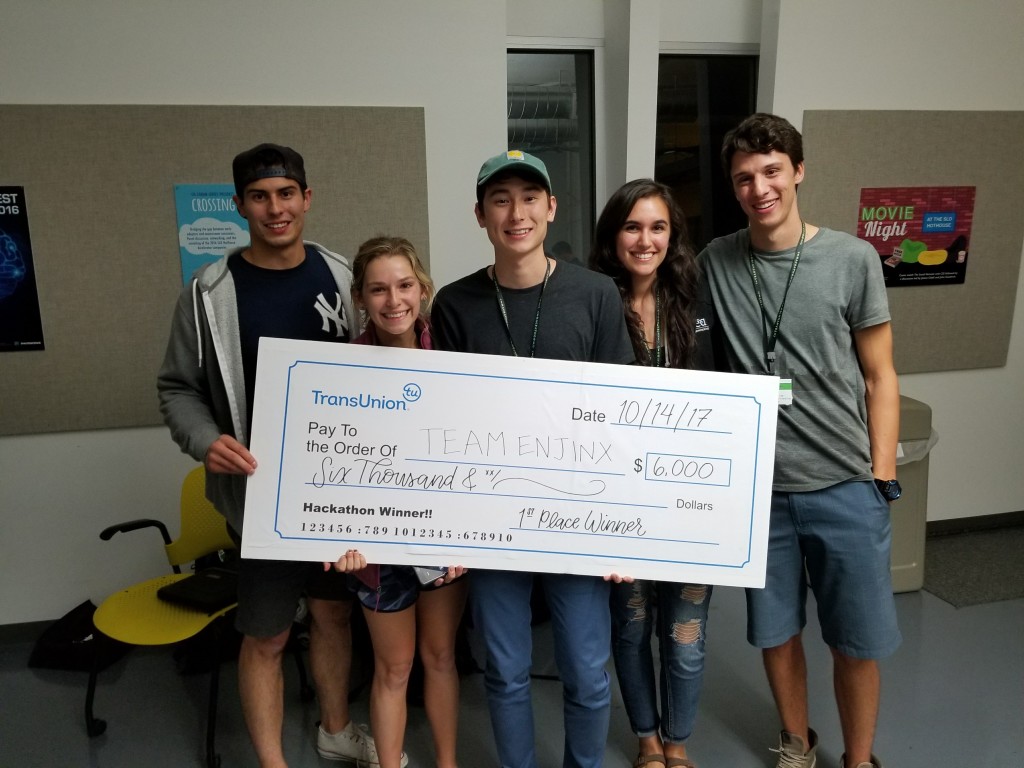- Hub – an online portal, that we imagine a user interfacing with somewhat frequently, to assess their credit, transaction history, and other information pertaining to their overall financial state.
- Vision – a Google Chrome extension that displays an overlay on checkout pages showing the user which credit cards provide the most benefit to the current purchase (items in cart or currently visited website). The API sends back a ranked list of credit cards based on information provided to it that give insight on which cards will produce the most savings or least negative credit affect.
- Go – an Apple Watch application that notifies a user when their credit may be affected by a utilization limit being reached or other circumstances.
As mentioned previously, all applications are supported by a single API we call Brain. Brain allows us to create an extensible ecosystem that not only provides financial information across differing media but also better integration of a user’s financial state into their lives.
To extend our feature set, which had been restricted by the aggregate data given to us, we created an auxiliary dataset stored in MariaDB. This dataset provides more specific user information like transaction history, credit cards, inquiries, etc. Below is a video demo of the applications running. Not shown in the video is the Go app which simply shows a notification on an Apple Watch and is otherwise visually uninteresting.
Technologies Used
Several technologies were used for this hackathon and they are listed below alongside their respective applications:- Hub – ReactJS (hosted on AWS)
- Vision – JavaScript
- Go – Swift
- Brain API – Python, Flask, PyMySQL (hosted on AWS)

